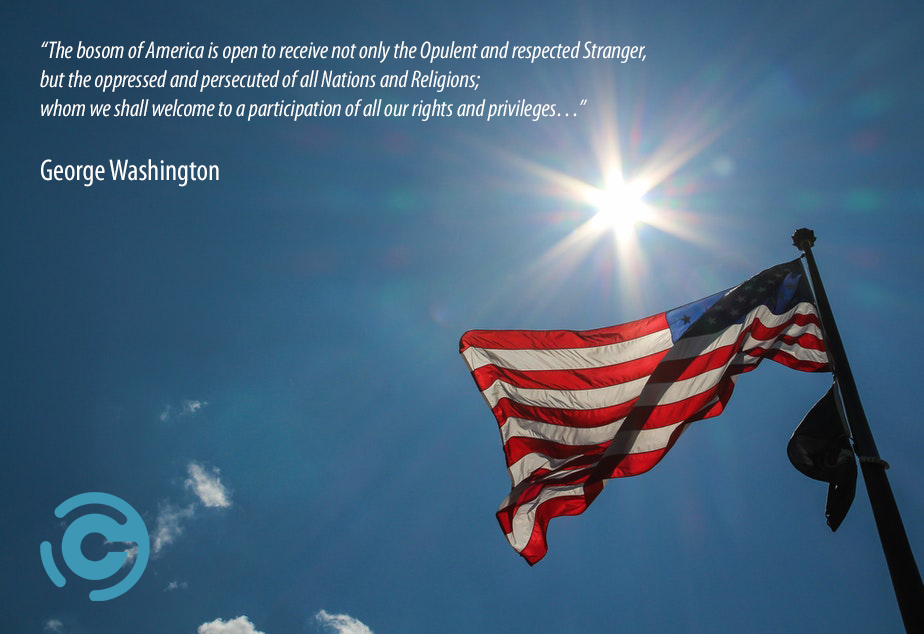Waiver of Removal under INA § 237(a)(1)(H)
As one of many complex parts of U.S. immigration law, all noncitizens must be “admissible” in order to gain entry into the United States. Sometimes, individuals commit acts of fraud or make misrepresentations in order to gain admission to the United States.
If a noncitizen is wrongfully admitted based on the noncitizen’s fraud or misrepresentation, the individual is considered inadmissible. Under the Immigration and Nationality Act (“INA”), individuals who are inadmissible at the time of entry or adjustment of status may be charged with removal and placed into removal proceedings.
Once in removal proceedings, the noncitizen may seek a discretionary form of defensive relief known as a “waiver of removal.” If the waiver of removal is granted, the fraud or misrepresentation at the time of admission or adjustment of status will be forgiven. INA § 237(a)(1)(H) sets forth the specific circumstances for when such a waiver of removal may be appropriate.
Eligibility for § 237(a)(1)(H) Waiver of Removal
Individuals may be eligible for a § 237(a)(1)(H) waiver if the individual has been charged with removal based on the individual’s misrepresentations at the time of admission as an immigrant into the United States. A § 237(a)(1)(H) waiver of removal may also be appropriate if the noncitizen was inadmissible at the time of adjustment of status because of fraud or a misrepresentation. Qualifying instances of fraud and misrepresentation may be either willful (also known as intentional) or innocent.
If you are in removal proceedings because of a misrepresentation you made at the time of admission or adjustment of status, the following requirements must be met before you are eligible for a waiver of removal:
- You must be a lawful permanent resident (“LPR”).
- You must have a qualifying relative. The qualifying relative must be a parent, spouse, or child who is a United States citizen or an LPR. Unlike other waivers, you do not need to demonstrate a hardship to yourself or your qualifying relative. A spouse resulting from a fraudulent or “sham” marriage cannot be a qualifying relative.
- You must have had an immigrant visa or other documentation (even if obtained by a misrepresentation) through which you gained admission into the United States.
- You must have been otherwise admissible at the time when you were admitted into the United States. This requirement means that you can have no other charges of inadmissibility, except for the fraud or misrepresentation at the time of admission. If you were also inadmissible at the time of admission for other reasons, such as a prior deportation or a crime of moral turpitude (even if based upon the underlying instance of fraud), you cannot benefit from a § 237(a)(1)(H) waiver of removal.
A § 237(a)(1)(H) waiver of removal is also available to battered spouses filing as self-petitioners under the Violence Against Women Act (“VAWA”). The requirements for a VAWA self-petitioner are much less stringent. You must simply have been (1) admitted into the United States and (2) your admission was obtained through fraud or misrepresentation.
Discretionary Standard
Even if you meet the requirements for a § 237(a)(1)(H) waiver of removal, a judge is not required to grant the waiver. Instead, the judge has significant discretion to either grant or deny the waiver. The immigration judge will balance positive and negative factors to determine whether the judge finds you deserving of a § 237(a)(1)(H) waiver of removal. The factors considered may include:
- the circumstances surrounding the relevant misrepresentation
- criminal record
- evidence of moral character, both good and bad
- family ties to the United States
- length of residence in the United States
- history of employment in the United States
- other community, business, and property ties in the United States
While you are not required to demonstrate hardship to your U.S. or LPR family members, it may be a favorable piece of evidence in your favor.
Applying for a § 237(a)(1)(H) Waiver of Removal
Unlike other waivers of removal, there are no specific forms or fees to be filed. Since you will already be in removal proceedings, you should speak to the immigration judge about your desire to apply for a § 237(a)(1)(H) waiver of removal. You should be prepared to submit evidence demonstrating that you are eligible for the § 237(a)(1)(H) waiver. You should also prepare and submit any evidence that would look favorably upon you in the judge’s discretionary analysis.
If Your § 237(a)(1)(H) Waiver of Removal Is Granted
If your waiver of removal is granted, you will have a substantially different outcome in your removal proceeding. The waiver effectively removes the grounds of inadmissibility that resulted from your fraud or misrepresentation and waives (or forgives) the underlying instance of fraud or misrepresentation. As a result, your removal proceeding will be terminated, and you may your retain LPR status.
Further, because a § 237(a)(1)(H) waiver of removal cures the grounds of inadmissibility retroactively, it will backdate your LPR status to your original date of admission. You do not have to restart your LPR waiting period.
Request a Consultation about Waivers of Removal under INA § 237(a)(1)(H)

Resources on 237(a)(1)(H)
We provide the following resources for the prospective employment-based permanent residence applicant.
I’ve always known Mr. Gillin to be nothing less than intelligent, honest, and diligent in his craft. I refer all of my clients in need of immigration services to him with confidence, and I have heard nothing but good things. You’re in good hands here.
— Jeffrey K. Traylor, Attorney at Law
